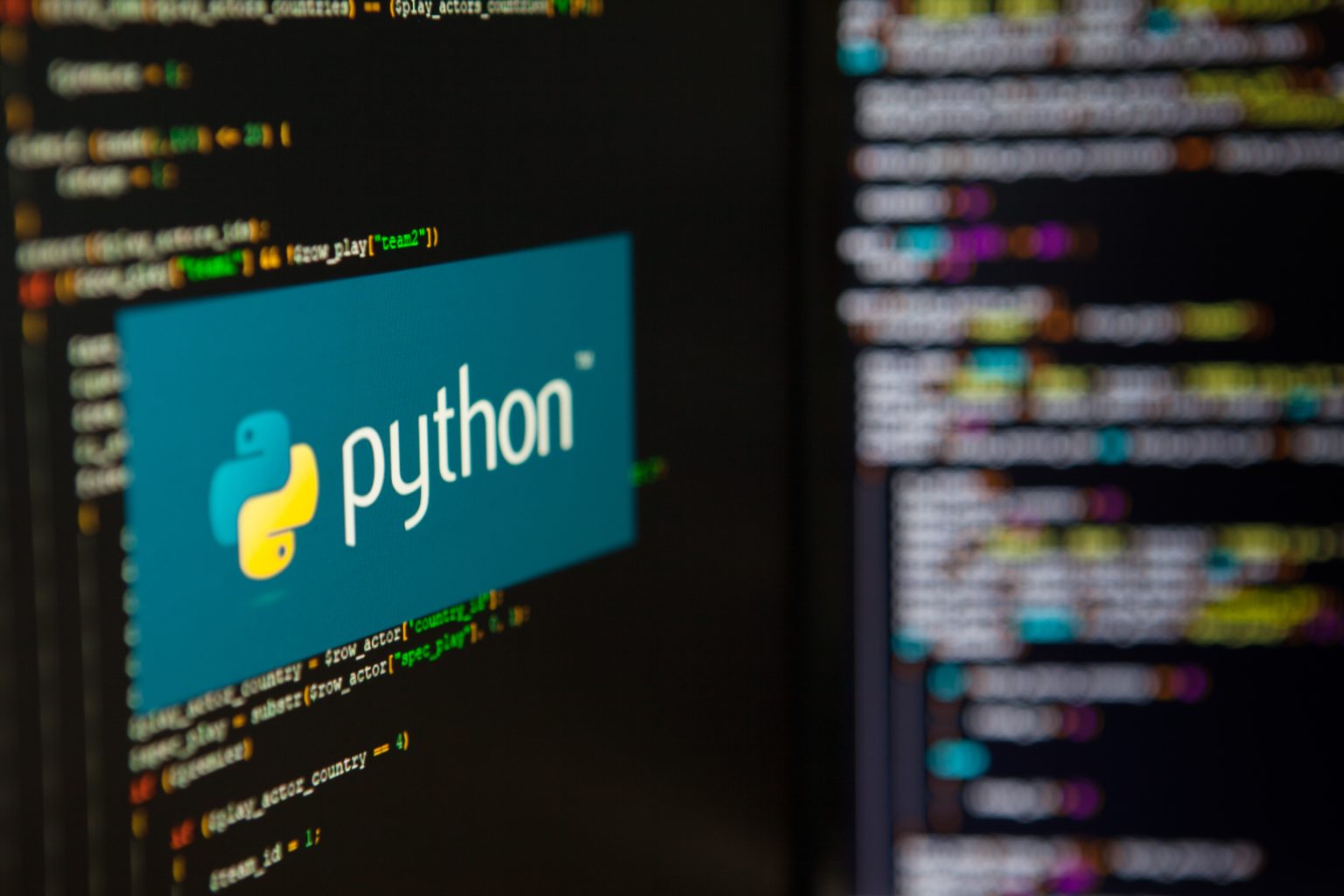In the realm of Python programming, decorators stand out as a powerful and elegant tool, enabling developers to modify or enhance the functionality of functions and methods without altering their actual code. This programming paradigm, intrinsic to Python, leverages the language’s first-class functions and flexibility to promote cleaner, more readable, and more efficient code. Whether you’re a seasoned Pythonista or new to the language, understanding decorators can significantly impact your coding practices. This article dives into the essence of Python’s decorators, their applications, and practical examples to guide you through mastering this concept.
Understanding Python’s Decorators
At its core, a decorator in Python is a function that takes another function as its argument and returns a new function, thereby modifying or extending the behavior of the original function without directly changing its code. This concept is not unique to Python but is particularly well-integrated into the language, thanks to Python’s dynamic nature and function-first approach. Do you want to know how Python can help you develop software using the odds api?
Why Use Decorators?
Decorators offer a range of benefits that make them invaluable for Python developers:
- Code Reusability: By encapsulating common patterns or functionalities in decorators, you can easily reuse code across multiple functions or methods, adhering to the DRY (Don’t Repeat Yourself) principle.
- Readability and Maintainability: Decorators help keep the core logic of functions clean and focused on their primary responsibility, while auxiliary behaviors (like logging, timing, or access control) are handled externally, enhancing code readability and maintainability.
- Aspect-Oriented Programming: Decorators facilitate aspect-oriented programming by allowing the separation of concerns. This means that aspects of a program’s behavior that are not central to its main logic (such as logging, caching, or transaction management) can be modularized using decorators.
Implementing a Simple Decorator
To grasp the basics of Python’s decorators, let’s start with a simple example. Consider a scenario where you want to log the execution time of various functions:
import time
def timer(func):
def wrapper(*args, **kwargs):
start_time = time.time()
result = func(*args, **kwargs)
end_time = time.time()
print(f”{func.__name__} executed in {end_time – start_time} seconds.”)
return result
return wrapper
@timer
def example_function():
# Example function body
In this example,@timeris used as a decorator to measure and print the execution time ofexample_function()without modifying its internal logic.
Advanced Decorator Concepts
As you become more comfortable with basic decorators, you can explore more advanced concepts such as:
- Decorators with Arguments: Sometimes, you may need a decorator to accept its own arguments. This requires nesting the decorator inside another function that takes those arguments.
- Class-Based Decorators: While decorators are usually implemented as functions, Python also allows using classes as decorators, offering more flexibility and the ability to maintain state.
- Stacking Decorators: Python supports the use of multiple decorators on a single function, applied in a bottom-up order. This can be powerful but requires careful consideration of the decorators’ order and compatibility.
Check out the xml odds feed documentation to understand how you can use Python to develop odds analysis software.
Practical Applications of Decorators
Python’s decorators find applications in a wide range of scenarios, including:
- Authentication and Authorization: Automatically verifying user credentials before allowing access to certain functions.
- Caching: Storing the results of expensive function calls to improve performance.
- Logging and Monitoring: Systematically logging function calls and exceptions for debugging and monitoring purposes.
Conclusion
Python’s decorators are a testament to the language’s emphasis on simplicity, flexibility, and power. By mastering decorators, you unlock a new dimension of Python programming that promotes more efficient, readable, and elegant code. Whether enhancing existing functions with additional functionality or ensuring code compliance with design principles, decorators are an indispensable tool in the Python developer’s arsenal.
FAQs about Python’s Decorators
Q: Can decorators only be applied to functions? A: Primarily, decorators are used with functions and methods, but with some advanced techniques, they can also be adapted for use with classes.
Q: Do decorators affect the performance of my code? A: While decorators introduce a slight overhead due to the additional function calls, the impact is usually negligible compared to the benefits they offer in terms of code organization and reusability.
Q: Are decorators unique to Python? A: The concept of decorators or similar patterns exists in other programming languages, but Python’s implementation is particularly straightforward and integrated into the language, making them more accessible and powerful.
Embracing the functionality of decorators in Python not only streamlines the development process but also opens up a world of creative possibilities for enhancing and managing code effectively.



